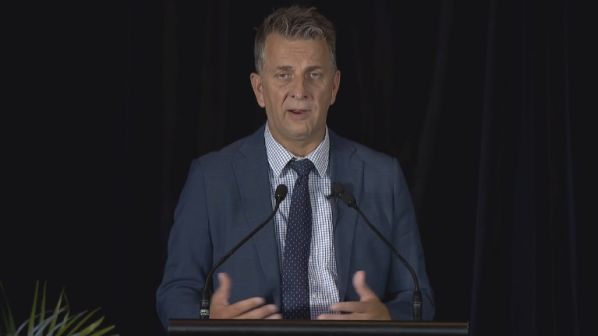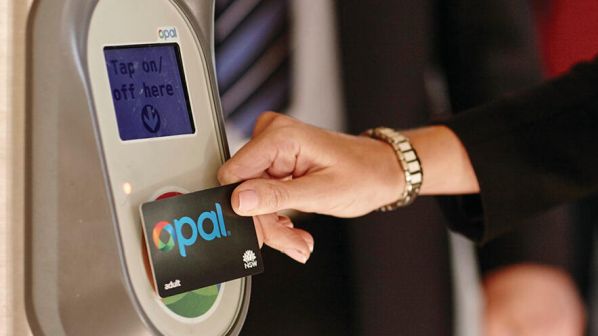THE NSW State Government has outlined its vision for transport with the launch of its Future Transport Technology 2021-24 Roadmap. The roadmap builds on the first technology roadmap unveiled in 2016.
NSW transport minister, Mr Andrew Constance, speaking at the launch event, said his aim was to make Transport for NSW (TfNSW) “the best transport technology jurisdiction in the world.”
He said the road map contained a number of exciting goals such as quantum computing and how that data could be used in a way that makes transport seamless and highly personalised.

Constance said that from a transport perspective the task was “how we can remove such things as timetables, ticket gates and ensuring that we have turn up and go services when we need them and how we need them and how they are going to be delivered.”
“We can deliver $A 72bn ($US 55.8bn) of infrastructure in the next four years, which is what we are doing, but what is the point of this if we don’t have the absolute innovation at the core in terms of that big infrastructure,” Constance said. “We could be over committing ourselves in some areas while not focusing on the right areas at the same time. That is the importance of having the roadmap.”
TfNSW listed the introduction of contactless payment, trial of the Opal card, and Covid safe personalised journey plans among steps already taken to utilise technology.
Other initiatives included the trialling of artificial intelligence (AI) to run some of its systems, the introduction of zero emission buses, trialling of autonomous vehicles and the introduction of drones for incident management.
The roadmap document showed how public transport users in NSW have already embraced technology. For example:
- 3.5 million Opal Apps have been installed
- 750 million trips made using Opal including contactless payments
- 60 million Opal contactless payments in 2020, and
- 8 billion data requests made via TfNSW’s Open Data Hub to inform customer information channels.
The roadmap says that by 2024 TfNSW will deliver six priority programmes that will “transform the customer journey:”
- Mobility as Service (MaaS) will deliver seamless and personalised journeys across all modes. Opal Connect will become a single account for travel in all modes across NSW. More partnerships with on-demand and rideshare providers to expand MaaS and digital ticketing will expand to regional NSW.
- NSW will be a world-leading adopter of connected and automated vehicles (CAVs). Trials will show how autonomous ride-share services can integrate with MaaS. The Future Mobility Test Centre at Cudal will test integration of vehicles sensors and infrastructure and the government will apply policies needed for mass adoption of CAVs
- rapid transition to zero emission buses (ZEB) and electric vehicles (EV) will help NSW to reach net zero emissions by 2050. The bus fleet will transition to ZEBs and industry will be encouraged to adapt and supply EVs. The state’s EV charging network will be expanded, and the government will explore the use of hydrogen technology
- the introduction of real-time information and digital ticketing for all public transport services in regional NSW and the creation of ‘smart’ regional cities. Digital connectivity will be provided at transport hubs and on major services. New mobility technologies will be tested and deployed first in regional areas.
- technology will be used to make freight more efficient. TfNSW will capture and share data to enable a more holistic view of the supply chain while automated and sustainable last mile freight vehicles will be trialled and rolled out. The development of a freight community system to follow the container supply chain from port to intermodal terminals and distribution centres will be investigated, and
- sensors and intelligent systems will create smart transport networks. Smart sensors will be deployed across the network for improved customer information, service performance, and incident response. Intelligent systems powered by AI will dynamically optimise network and predict events. New data sources in open data and data exchange will enable integrated mobility solutions.

